A bridge crosses the Otter Creek in the middle of town at the Otter Creek Falls. The falls made Middlebury a busy industrial center beginning in the 1780s when saw mills and grist mills were built here. By 1812, the textile mills (wool, homespun cloth, and then cotton) were operating in the town.
The Frog Hollow Stone Mill was built of locally quarried stone in 1840. The original grist mill built here in 1798 was destroyed by fire, and rebuilt several times. In 1812 the mill was converted to cotton textile production. Today, it is a restaurant. We walked past it to the Marble Works Memorial Bridge that leads to the community Riverside Park on the opposite bank of Otter Creek.
Below is a view of the Otter Creek Falls from the bridge. We saw lots of fishermen along the banks of the creek.
The Otter Creek originates in the Green Mountains and flows about 112 miles through Vermont emptying into Lake Champlain. It was once an important transportation route through the western part of Vermont.
There are lovely views of the falls from the park.
We enjoyed the beautiful flowers planted throughout the park. Can you see the bees in the first two photos?
Walking back to our car, we saw several other interesting sights about town. This Civil War cannon (10" Rodman weighing 15,140 pounds) came to Middlebury from Buckport, ME. It is located between Park and Main streets in a small triangle known as Cannon Green.
The Vermont Folklife Center studies and preserves the cultural experience of Vermont through interviewing, participation, and observation. The goal is to be a repository for the collective cultural memory of the state. For additional information about the work that is underway here click on www.vermontfolklifecenter.org.
Middlebury was the home of John Deere whose invention was the "plow that broke the plains," and the home of the Morgan horse. For additional information about the town of Middlebury, VT, go to www.townofmiddlebury.org.
While in town, we also wanted to see Middlebury College campus. Founded in 1800, Middlebury College is one of the most highly regarded liberal arts schools (currently tied for 4th) in the country. Nestled in Vermont's Champlain Valley in the Green Mountains, the beautiful campus is about 350 acres. The school is highly-selective with a 16% acceptance rate of those with very strong academic standings. Approximately 2,500 undergrads students attend Middlebury.
Middlebury was the first chartered college in VT and first American Institution to have awarded a bachelor's degree to an African American, Alexander Twilight (1823). In 1883, Middlebury became coeducational (one of the first New England schools to do so). Mary Belle Chellis graduated in 1886 and was valedictorian of her class (although she was not permitted to address the senior class because she was a woman!)
We parked near the Book Store (which was, unfortunately, closed) and then crossed the street to walk around the campus.
One of the first buildings we came to was the imposing Mead Memorial Chapel. It is situated at the highest point on the campus and was built in 1917. Built of beautiful white marble, it was a gift to the school in memory of Governor John A. Mead, a trustee of the Class of 1864.
Most of the buildings on the campus were built using local limestone and sometimes marble. There is a lovely view of the quadrangle as we walked down the hill from the Mead Chapel.
The Old Chapel was built for academic, administration and religious activities in 1814. Today all religious activities are held in Mead Memorial.
Hepburn Hall is a residence hall and was a gift of A. Barton Hepburn, class of 1871. It was built in 1918.
Built in 2002, the Davis Family Library is also built of stone and marble.
We saw several groups of parents and students touring the campus. How exciting for those with the academic standing and financial resources (or grants) to do attend this prestigious school! This post only represents a portion of the campus (that we saw) as tourists.
For additional information about Middlebury College go to www.middlebury.edu.
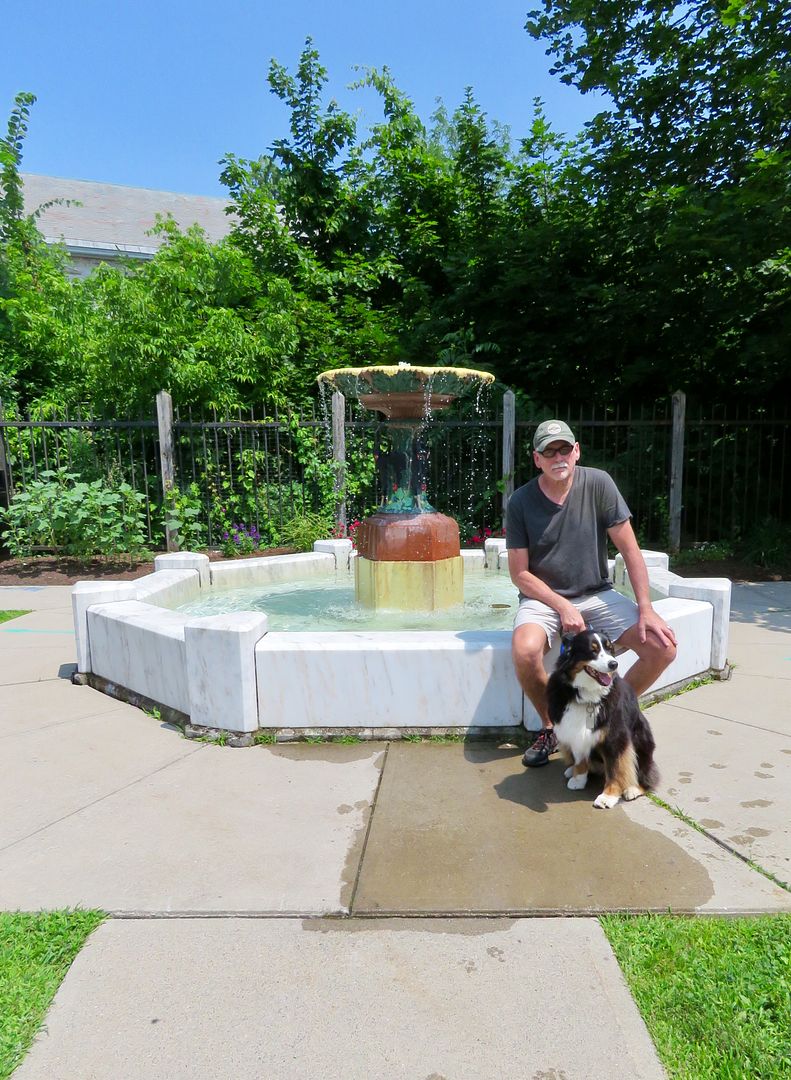

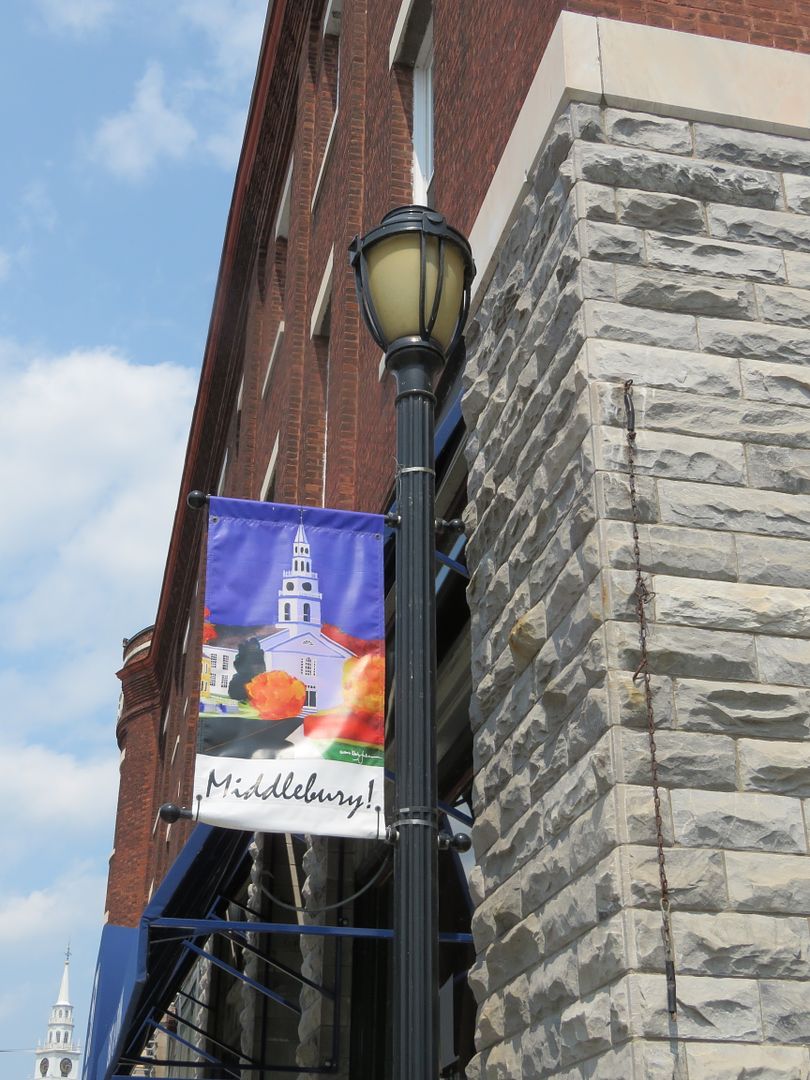
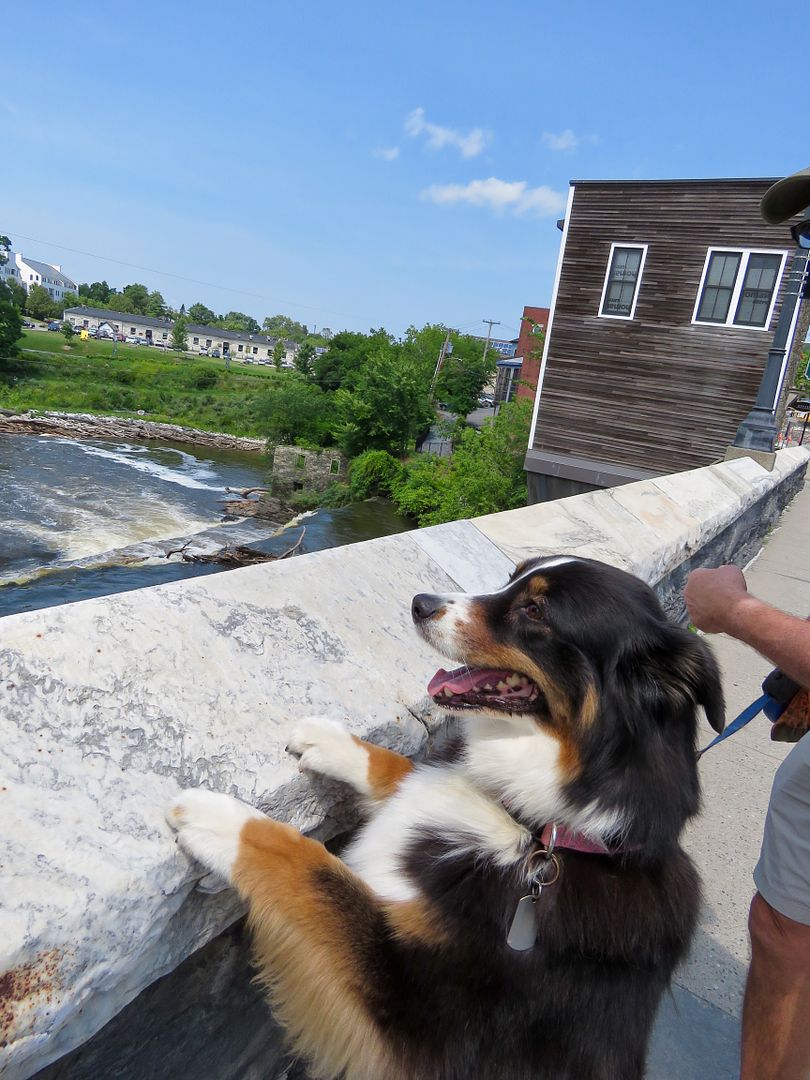
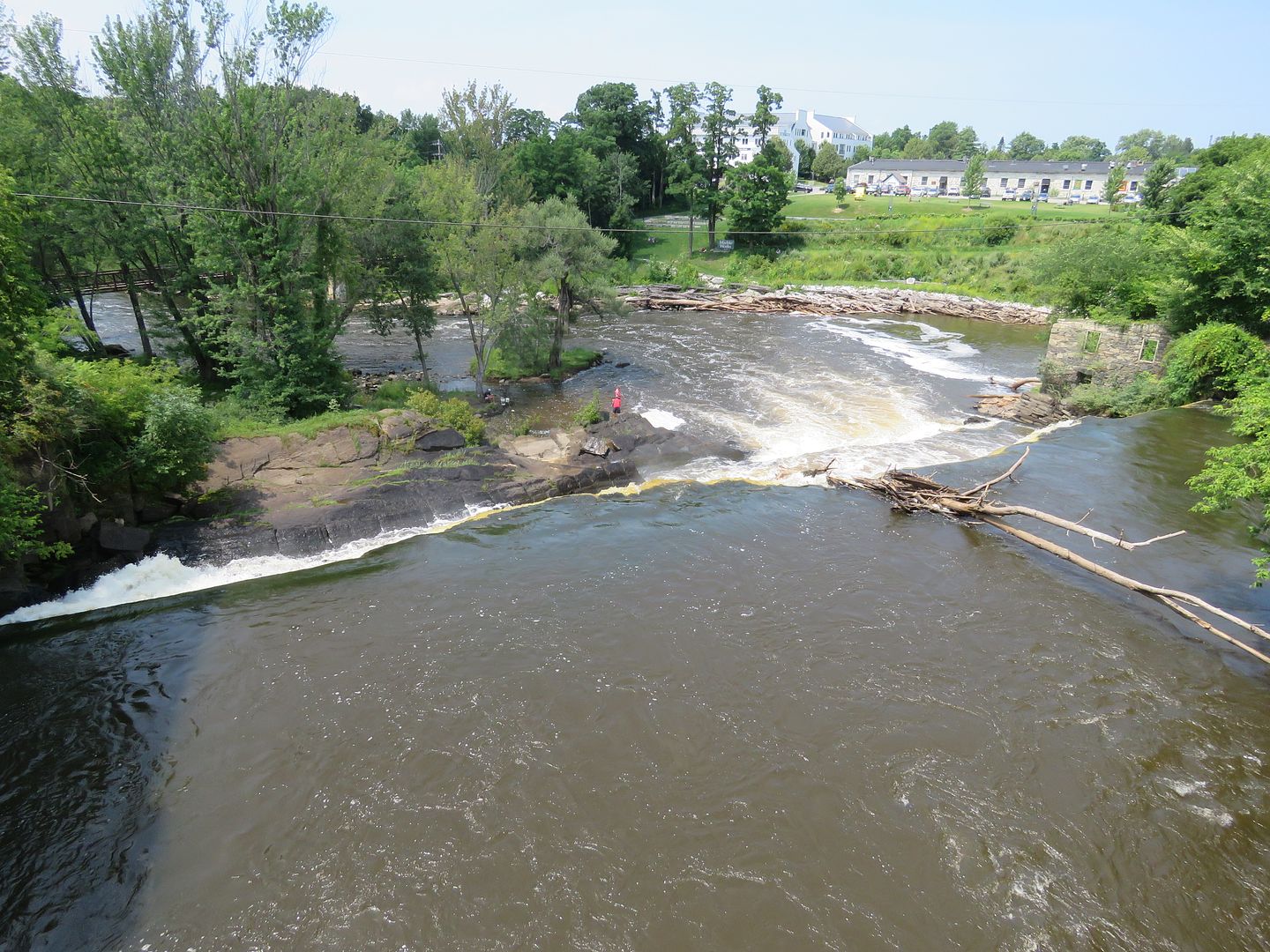
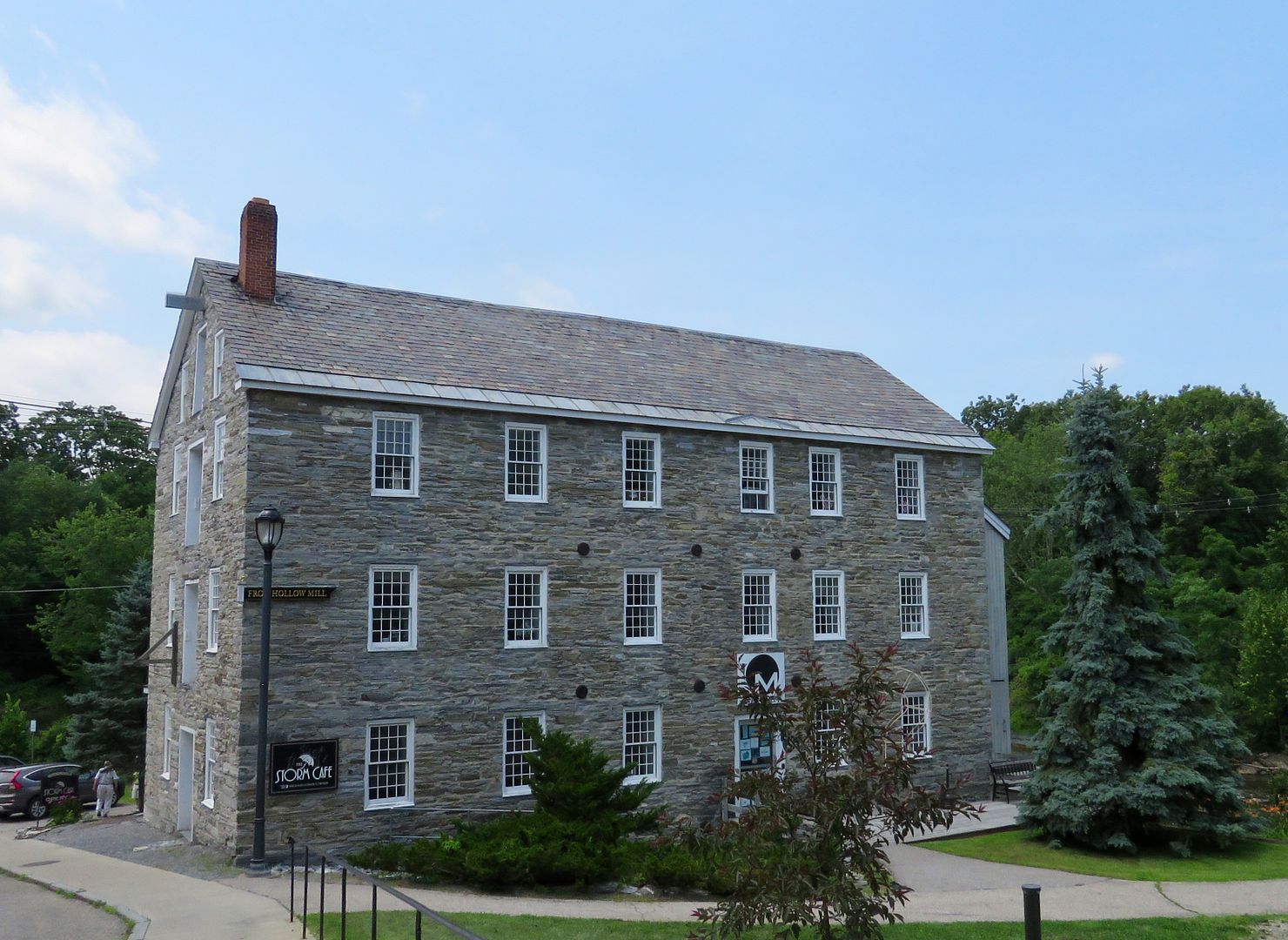
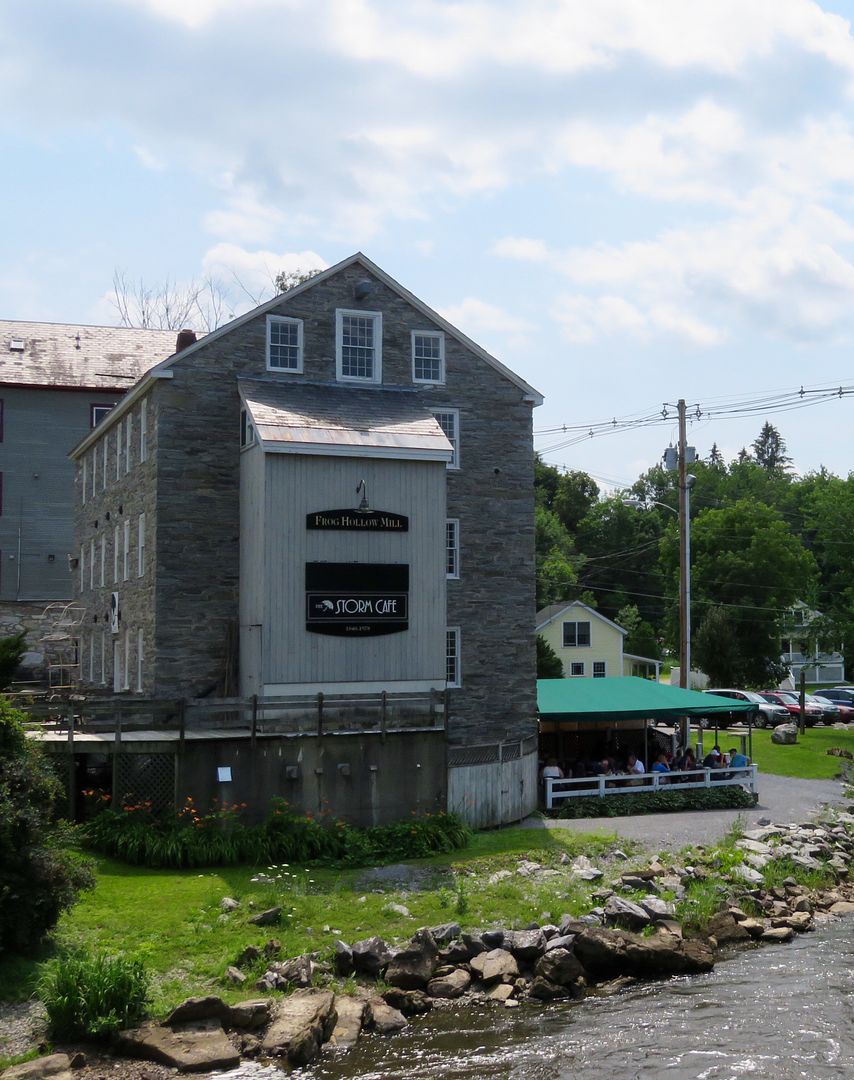

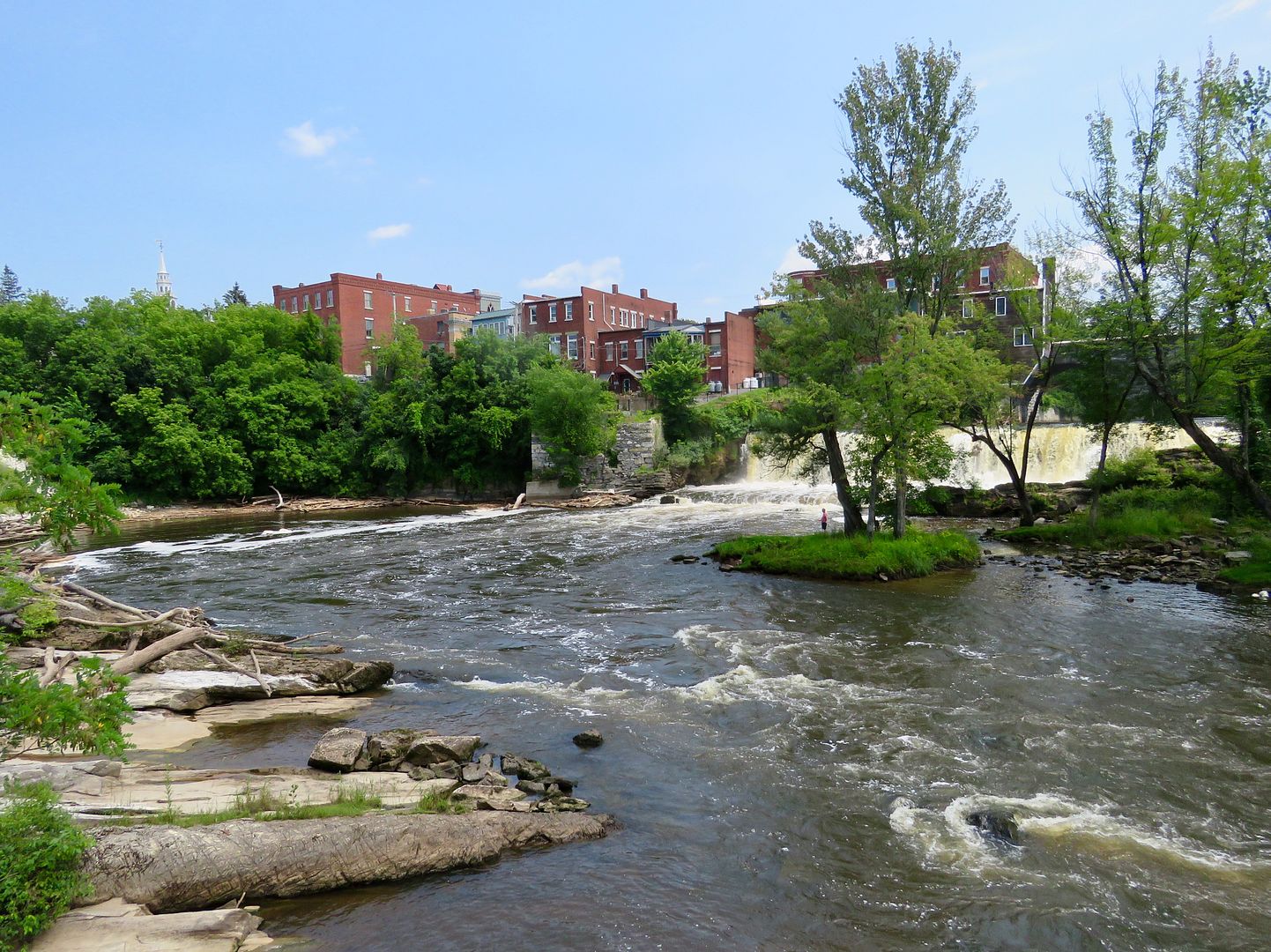

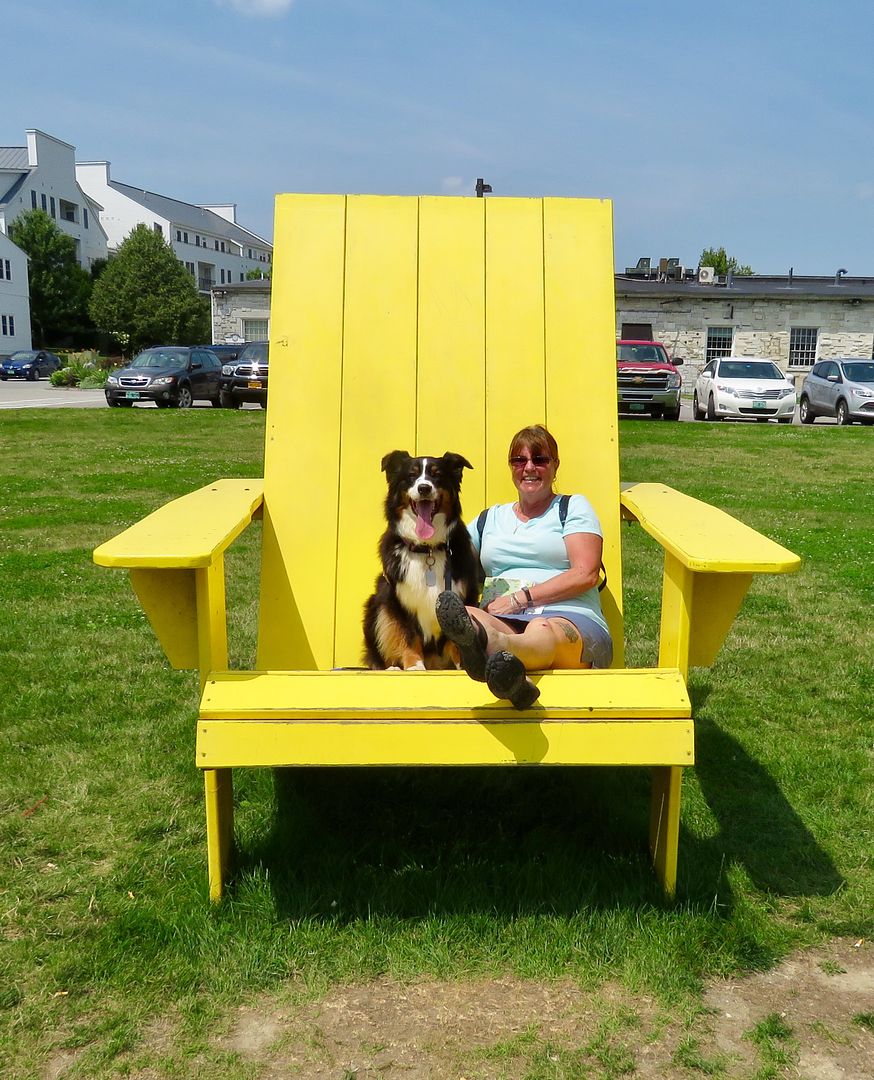
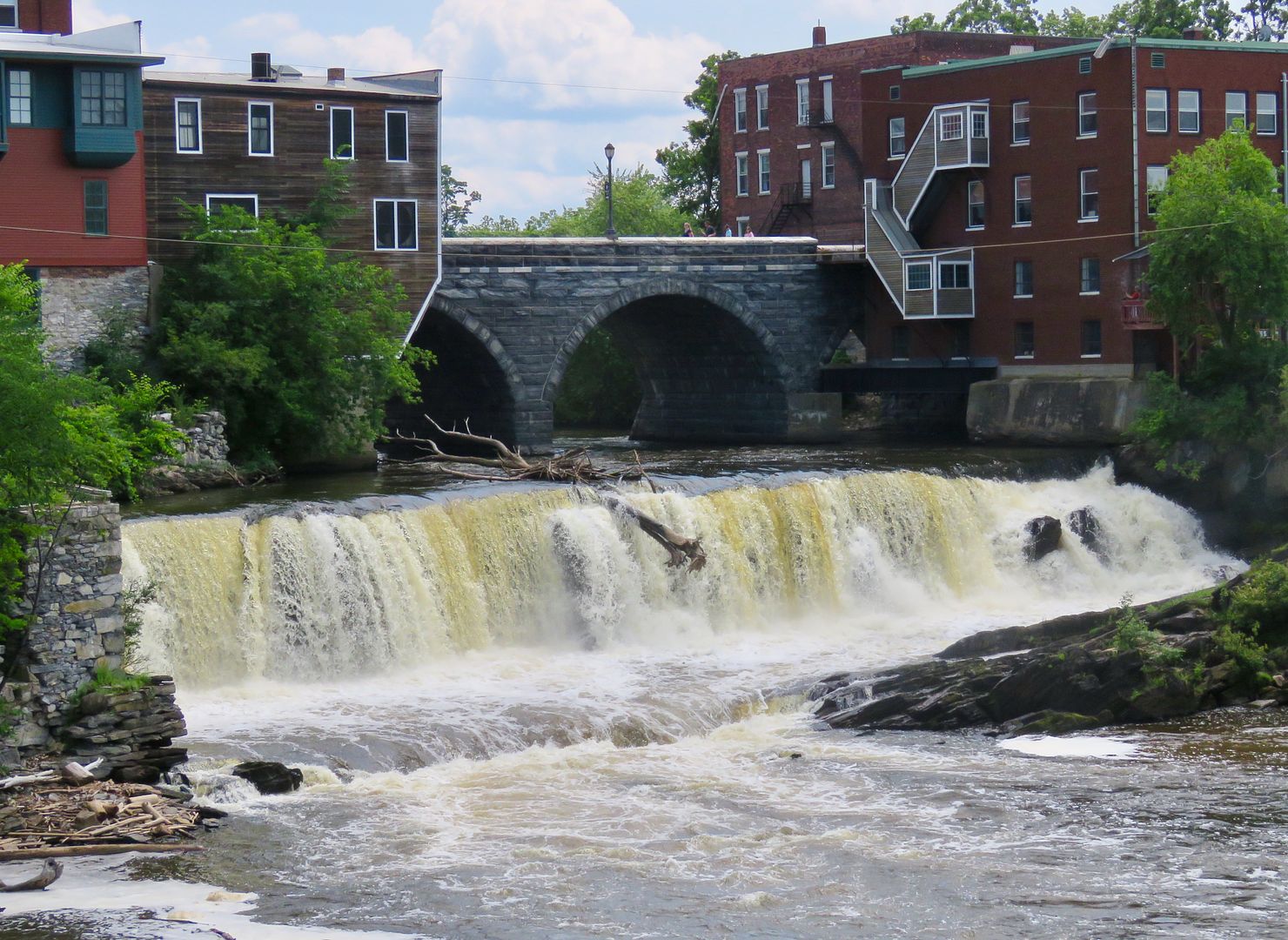
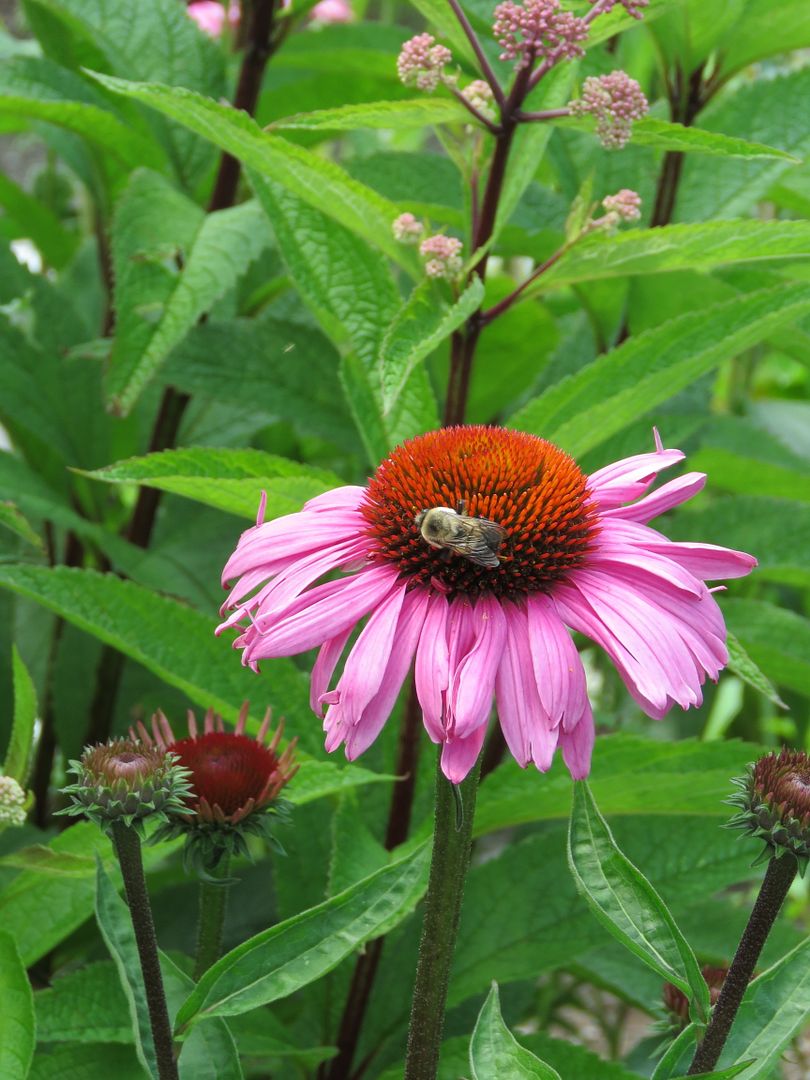



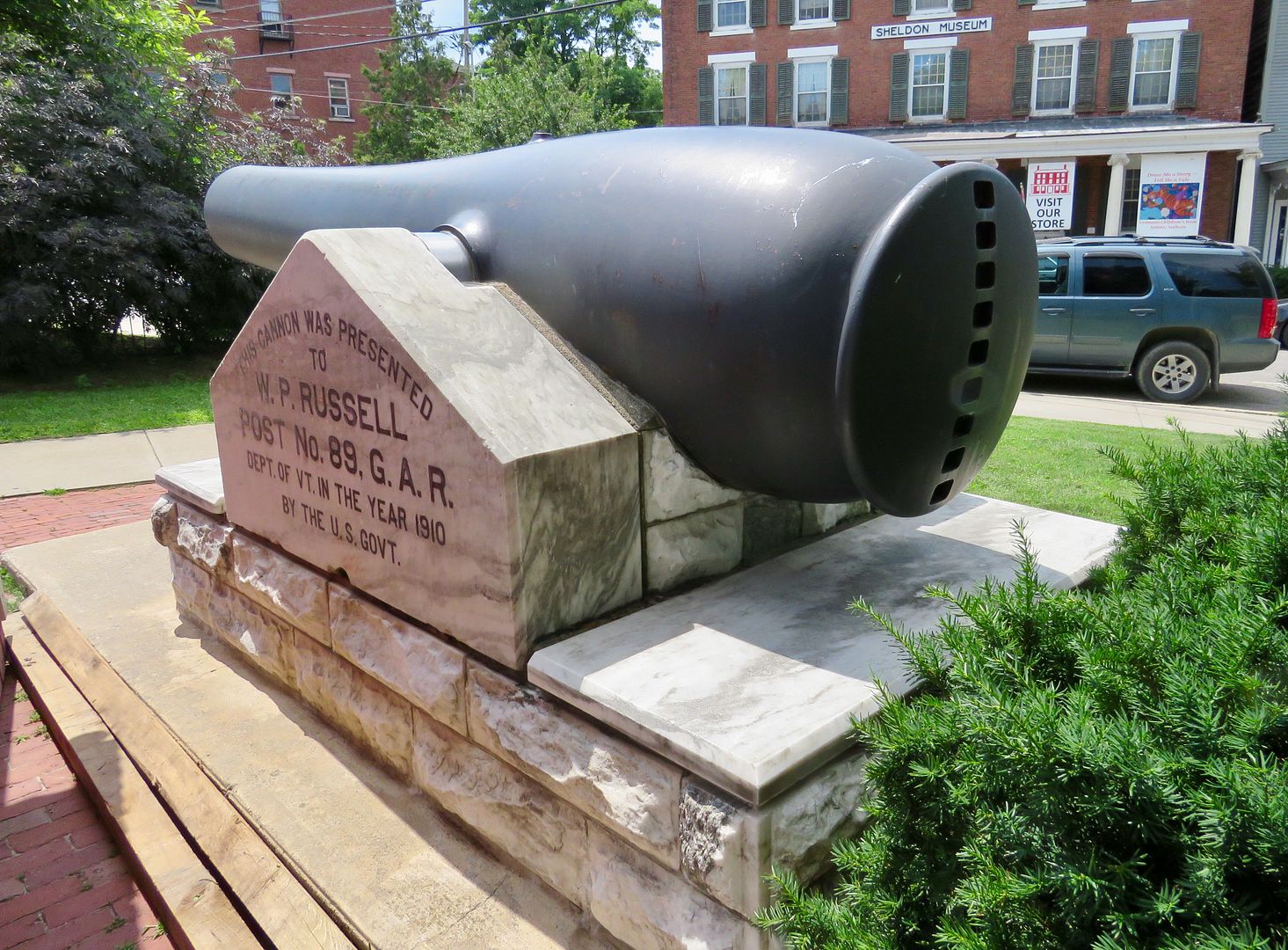
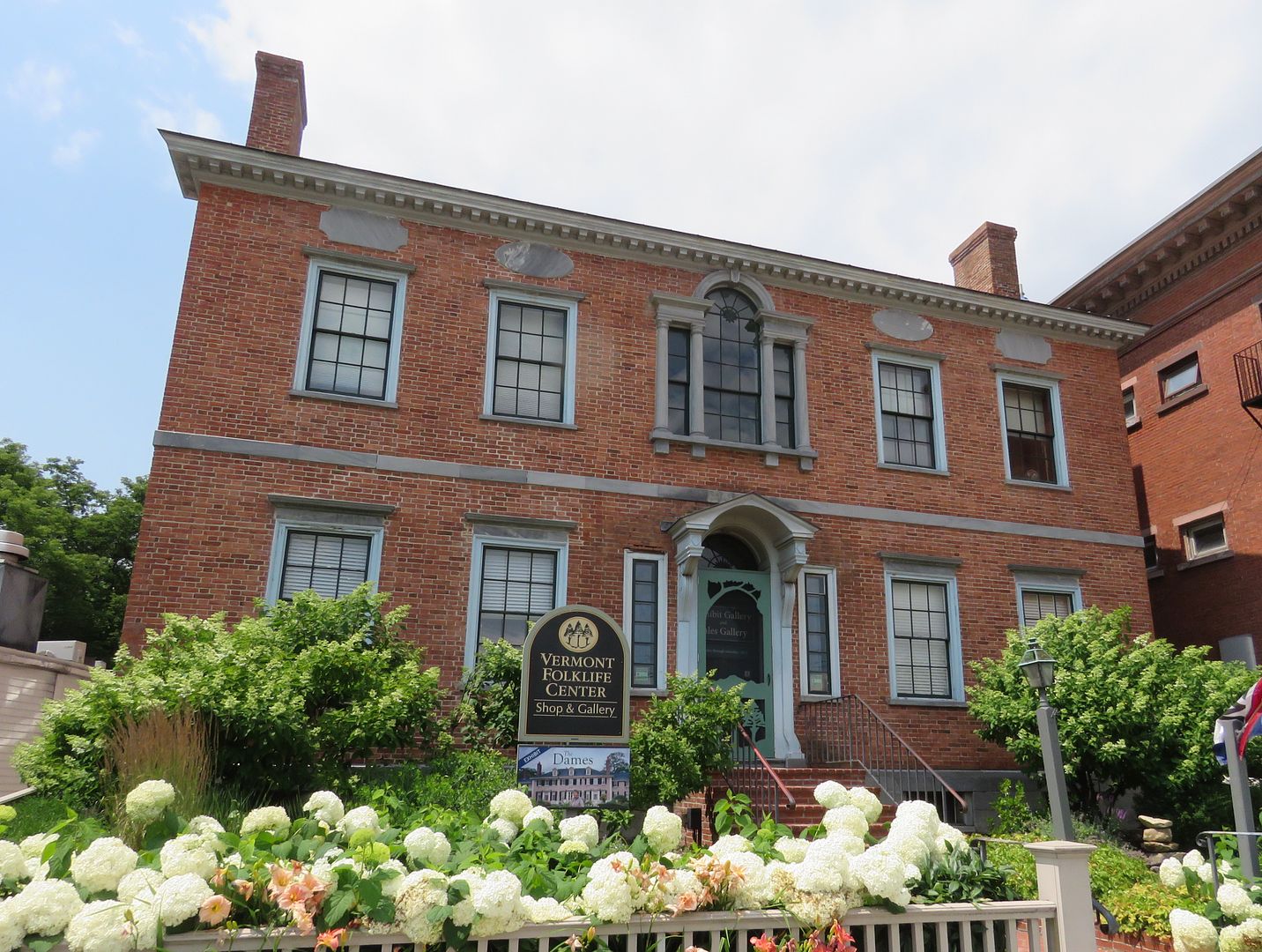


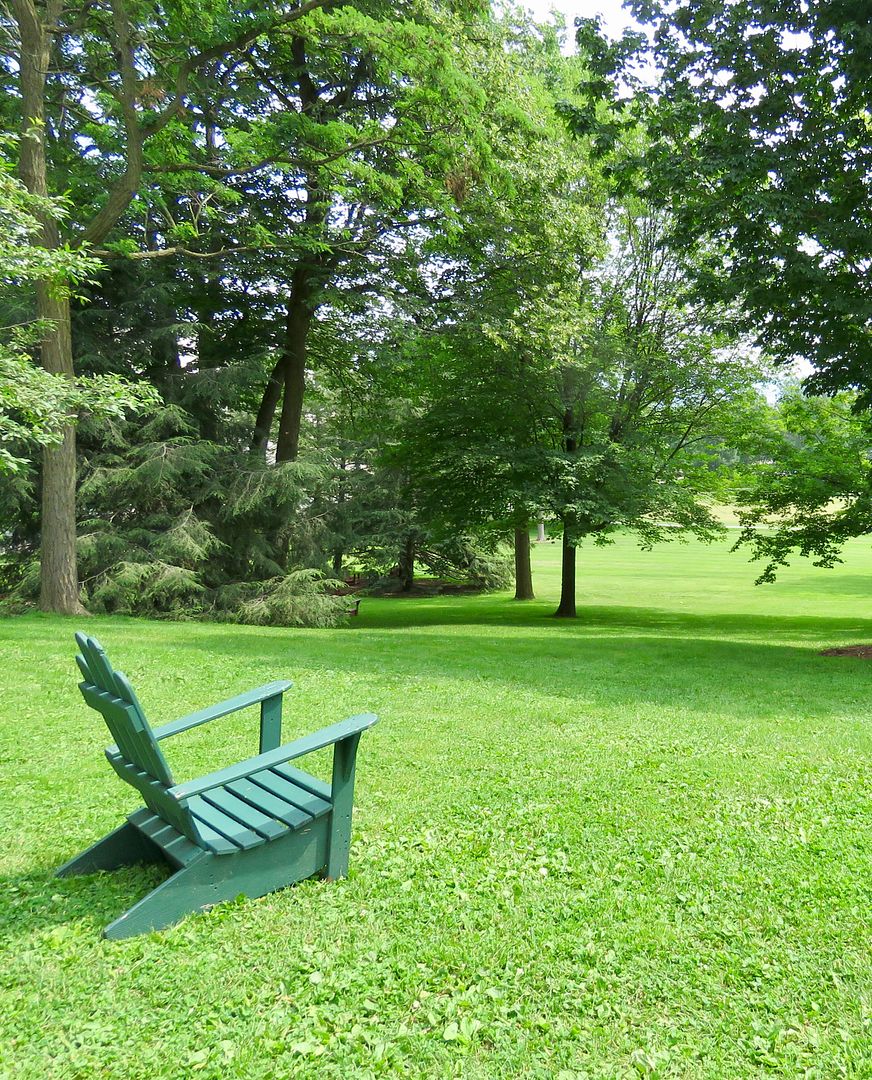
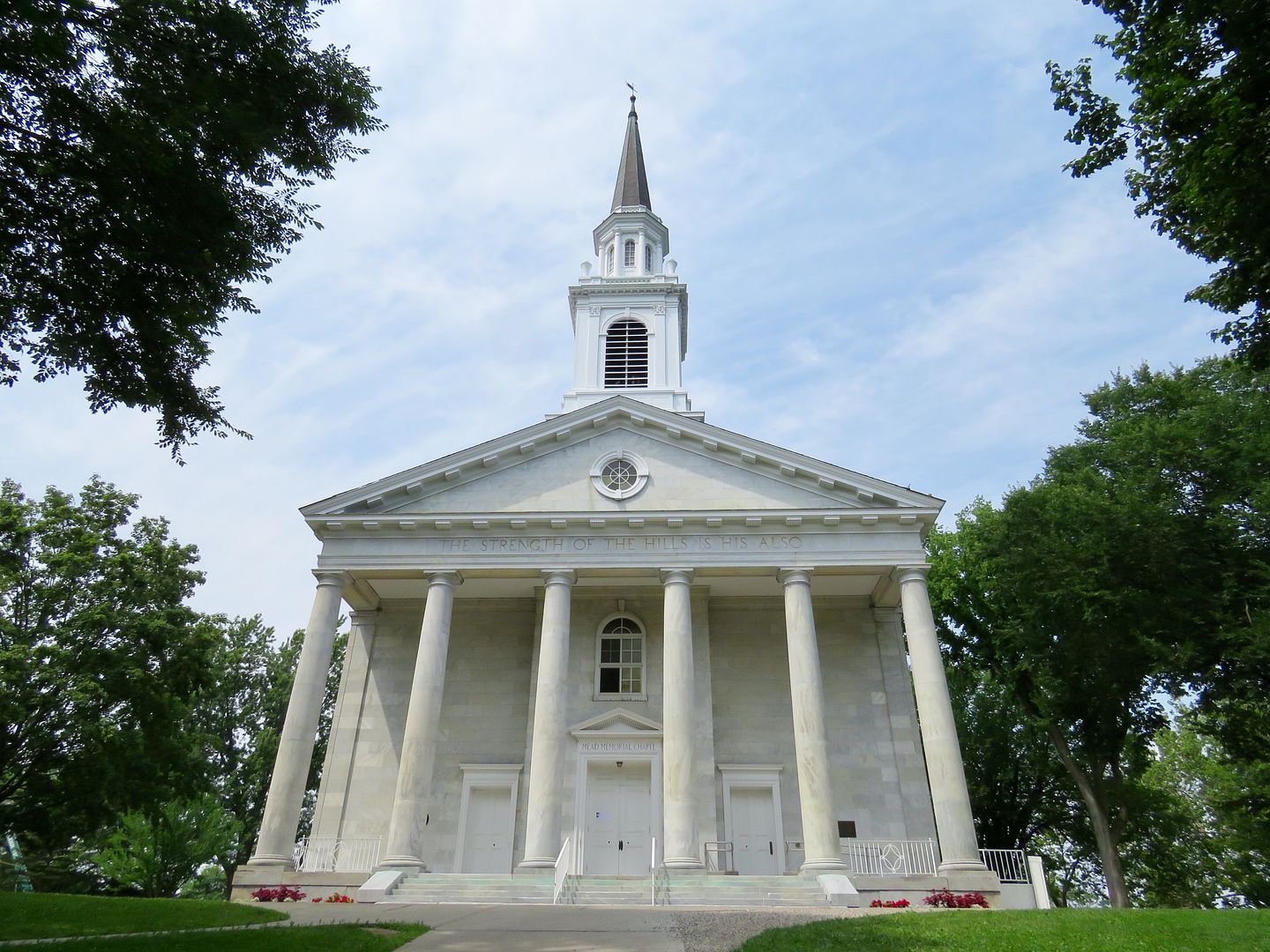
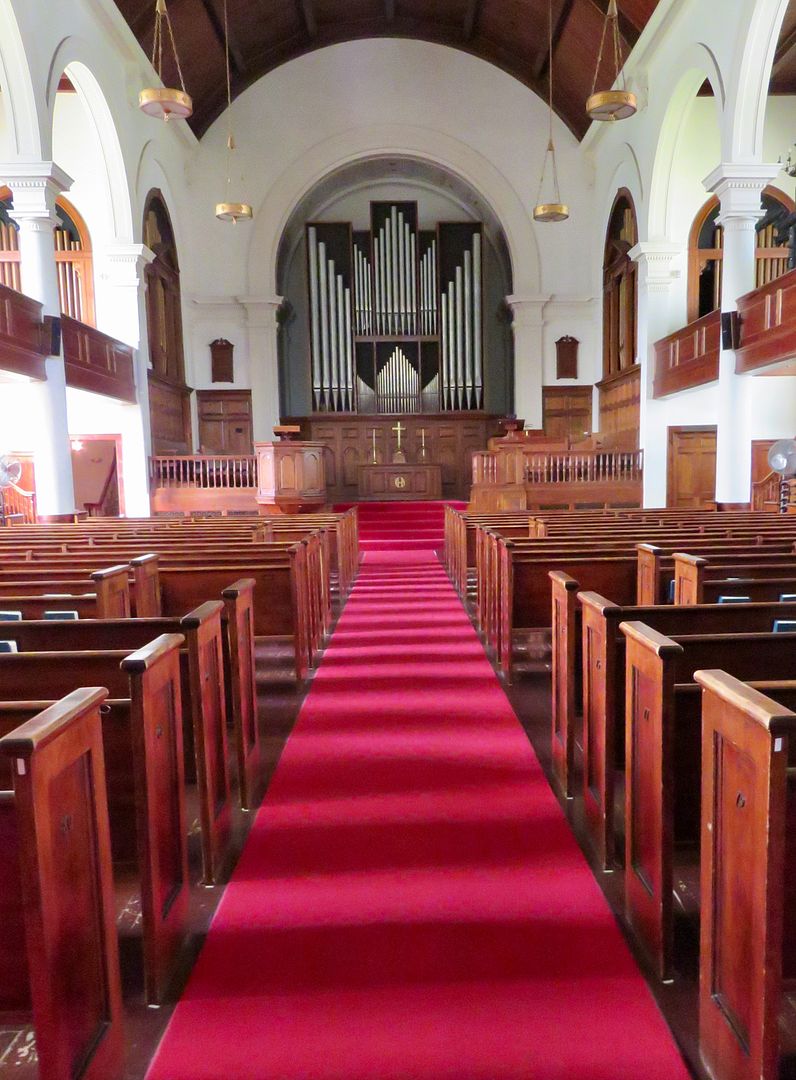


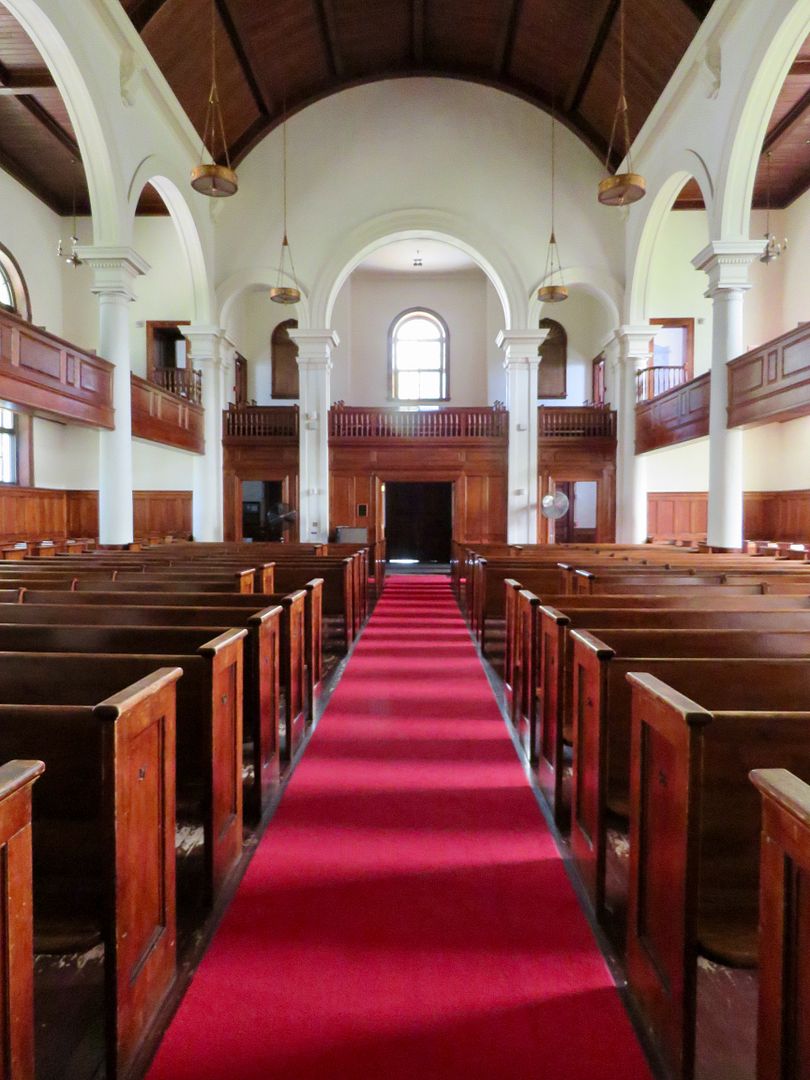
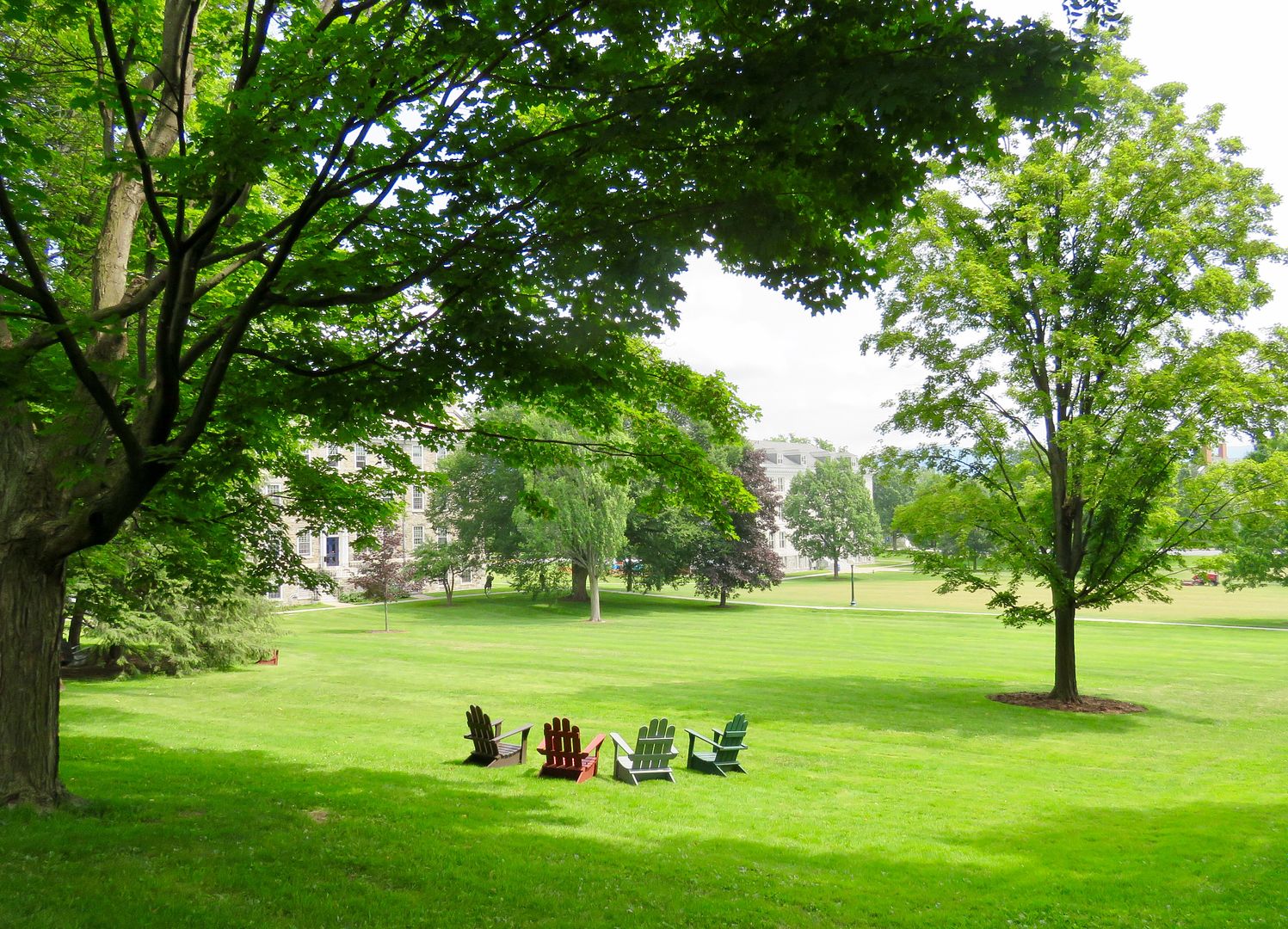
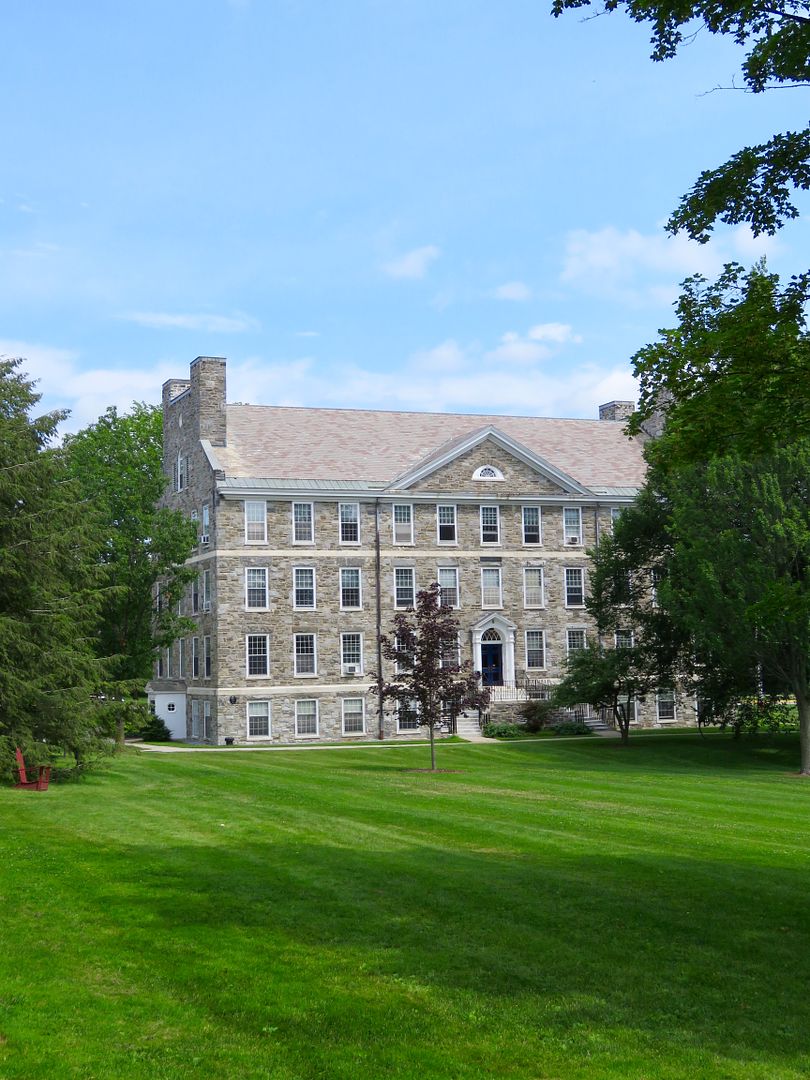

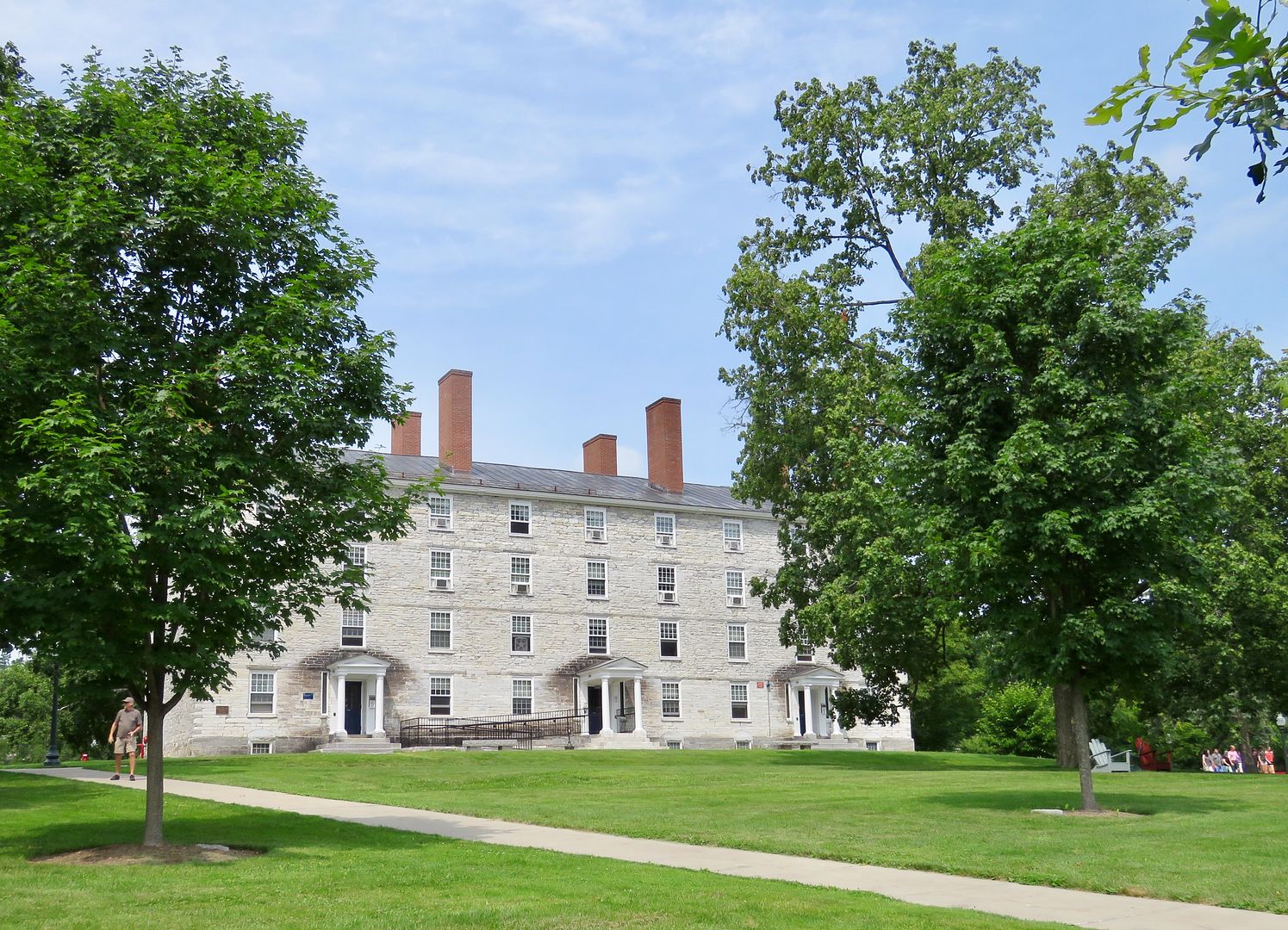


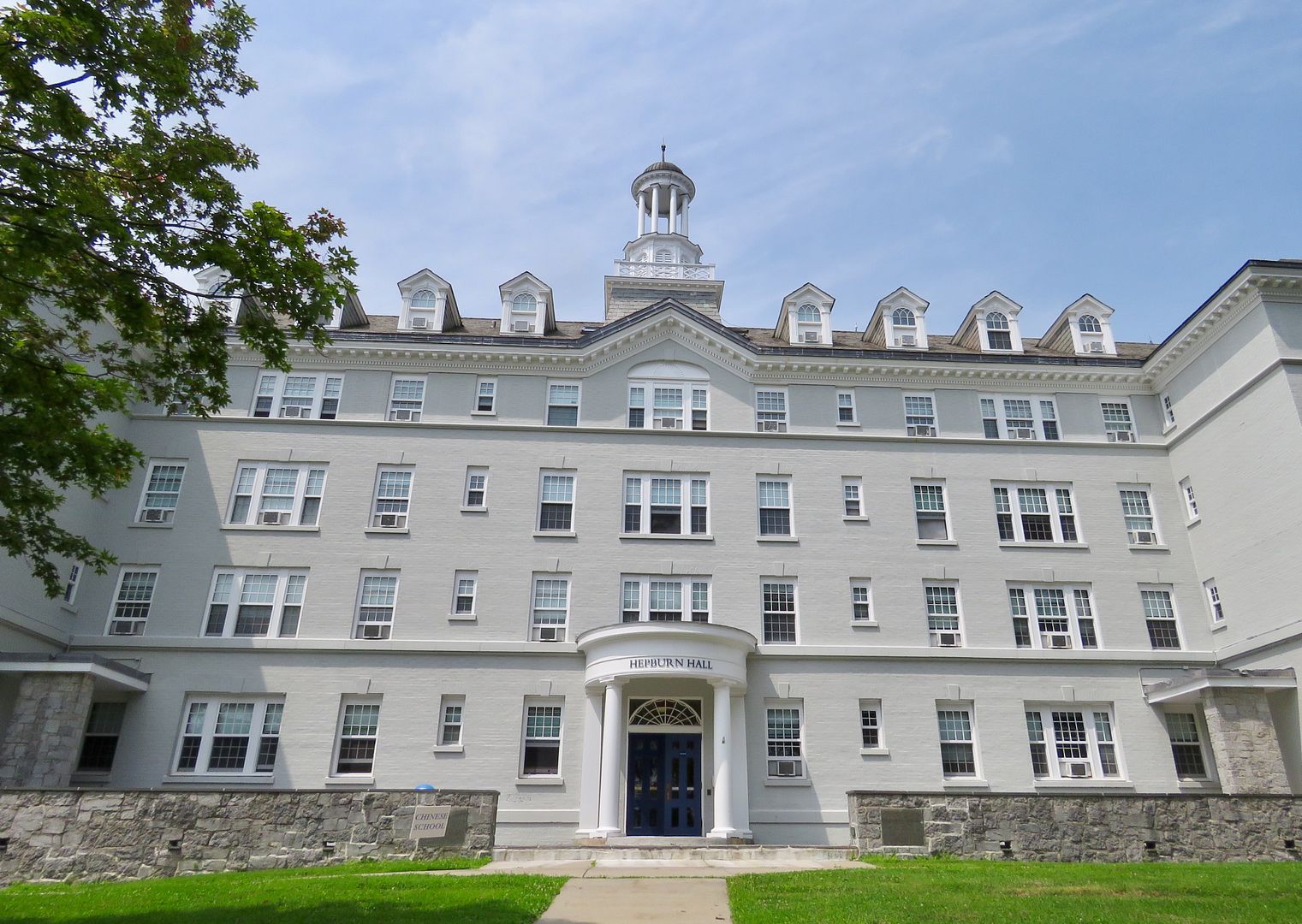
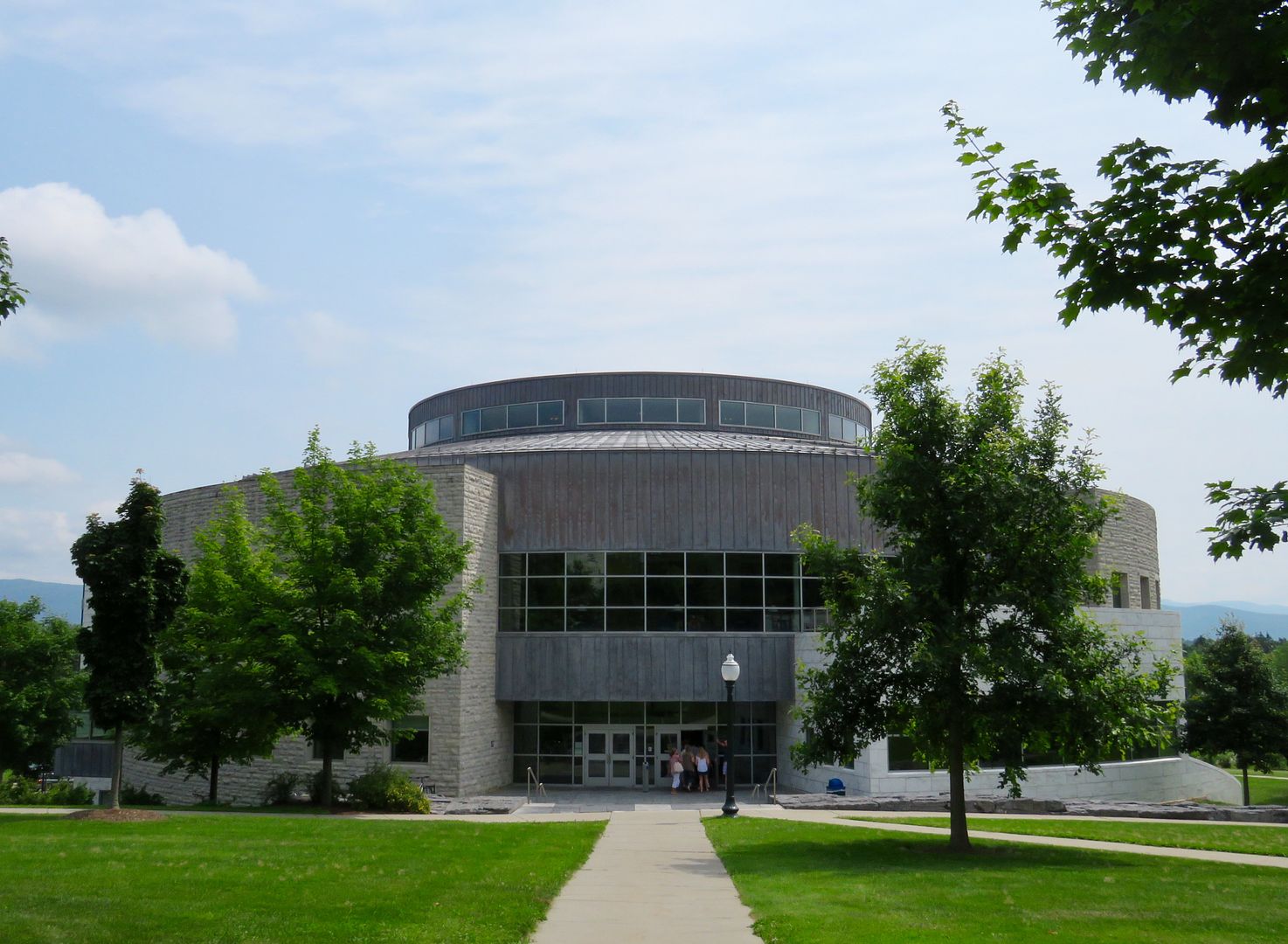
No comments:
Post a Comment